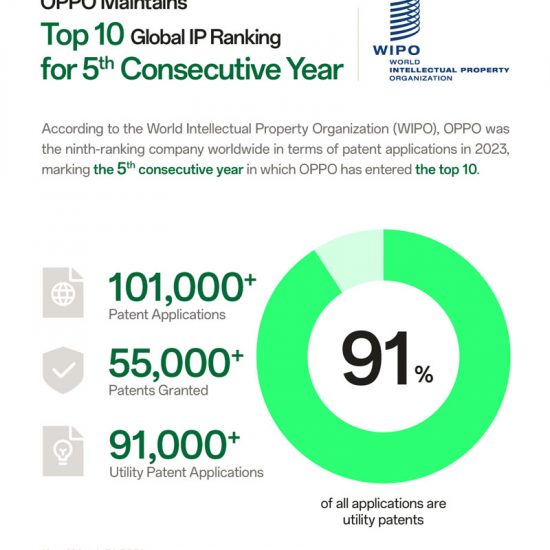|By Arabian Post Staff|
The Arab Strategy Forum has issued a report that estimates the total cost of Iran’s nuclear programme to have exceeded US$500 billion since 2002.Furthermore, the costs of developing and operating infrastructure and facilities for the programme have added some US$50 billion to the bill.
Specifically, the report states that the construction of the Bushehr Nuclear Power Plant accounted for the majority of the nuclear infrastructure costs in Iran’s nuclear programme. Consequently, once completed, the total cost of constructing the plant could reach as much as US$12 billion, making it one of the most expensive nuclear power plants in the world despite its likely limited technical capabilities, surpassed by plants that have carried less than half of Bushehr’s total price tag.
The report details the cost of building and operating the Bushehr Nuclear Plant as well as related facilities, including uranium mines, processing facilities, enrichment facilities, nuclear fuel production infrastructure, and isotope separation facilities. It also outlines the stages of the international economic sanctions on Iran since the discovery of its secret nuclear facilities in 2002.
Due to the new US sanctions following the US administration’s withdrawal from the Iran Nuclear Deal, economic losses are expected to surge in 2018.
The US administration has declared that the re-imposed sanctions on the Iranian economy will span two phases. The first phase, in effect since August 2018, sanctions Iran’s trade in gold and other precious metals, raw materials, aluminium, and coal, as well as the trade in Iranian rial and investment in Iranian bonds abroad, and the country’s automotive industry. The second phase took effect in November 2018, and includes sanctions on the Central Bank of Iran as well as the financial, shipping, and energy sectors with the aim of bringing Iran’s oil exports down to zero.
The adverse economic situation in Iran has led to frequent protests in various regions across the country throughout the past years, with protestors citing inflation, unemployment, poverty, and corruption as their main concerns.
The report highlights how the ongoing sanctions on Iran have limited foreign direct investment (FDI) flow to the country. Moreover, foreign companies have cancelled new investment contracts worth tens of billions of dollars, especially in the energy sector that needs between US$130 billion and US$300 billion of new investments to maintain productivity until 2020.
As a result, unemployment rates in Iran have risen, especially among youth. About one-third of the country’s young people have no job opportunities, which fuels their frustration with the local economic situation. The value of the Iranian rial has also plummeted due to sanctions, especially the recent US sanctions, which led to a surge in the price of the US dollar on the black market to IRR112,000 in August 2018, compared with IRR36,000 on the official market in early 2018, before the new sanctions regime. The inflation rate has witnessed unprecedented levels and is projected to reach an annual average of 203 per cent by end-2018 according to some estimates.
The report notes that the effectiveness of the US sanctions will ultimately depend on the response of international players, both governments and companies. European companies are expected to respond to the sanctions to avoid potential losses if they have not already done so, while some Asian companies may continue to work with Iran or even expand their collaboration unless the US administration decides to use other means to pressure Asian governments to join the boycott.
Access to accurate official data on the direct financial cost of Iran’s nuclear programme and the economic impact of international sanctions on the country is difficult to acquire. These statistics are only available to a very limited number of prominent Iranian officials. Thus, attempts to monitor the overall cost of Iran’s nuclear programme, both direct and indirect, are the results of expert estimates based on the available official and semi-official data, in addition to international benchmarks and approximate calculations to fill the gaps in the required information.
The estimated total losses to the Iranian economy between 2012, and 2016 range between US$310 billion and US$390 billion of potential aggregate output. This is the result of several factors, including the decline of oil exports and FDI inflow, as well as the restrictions on knowledge exchange in the technology field.
Also published on Medium.






